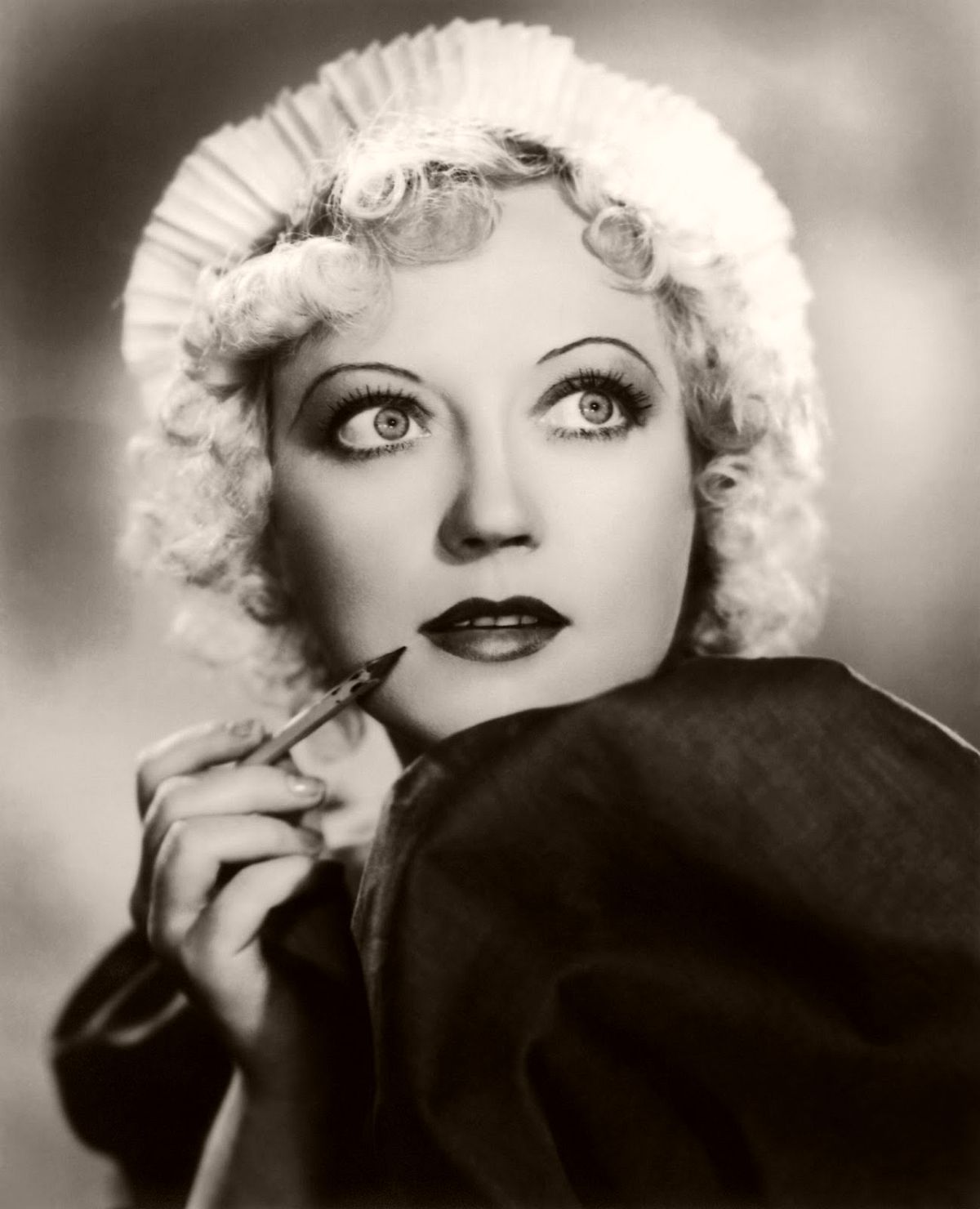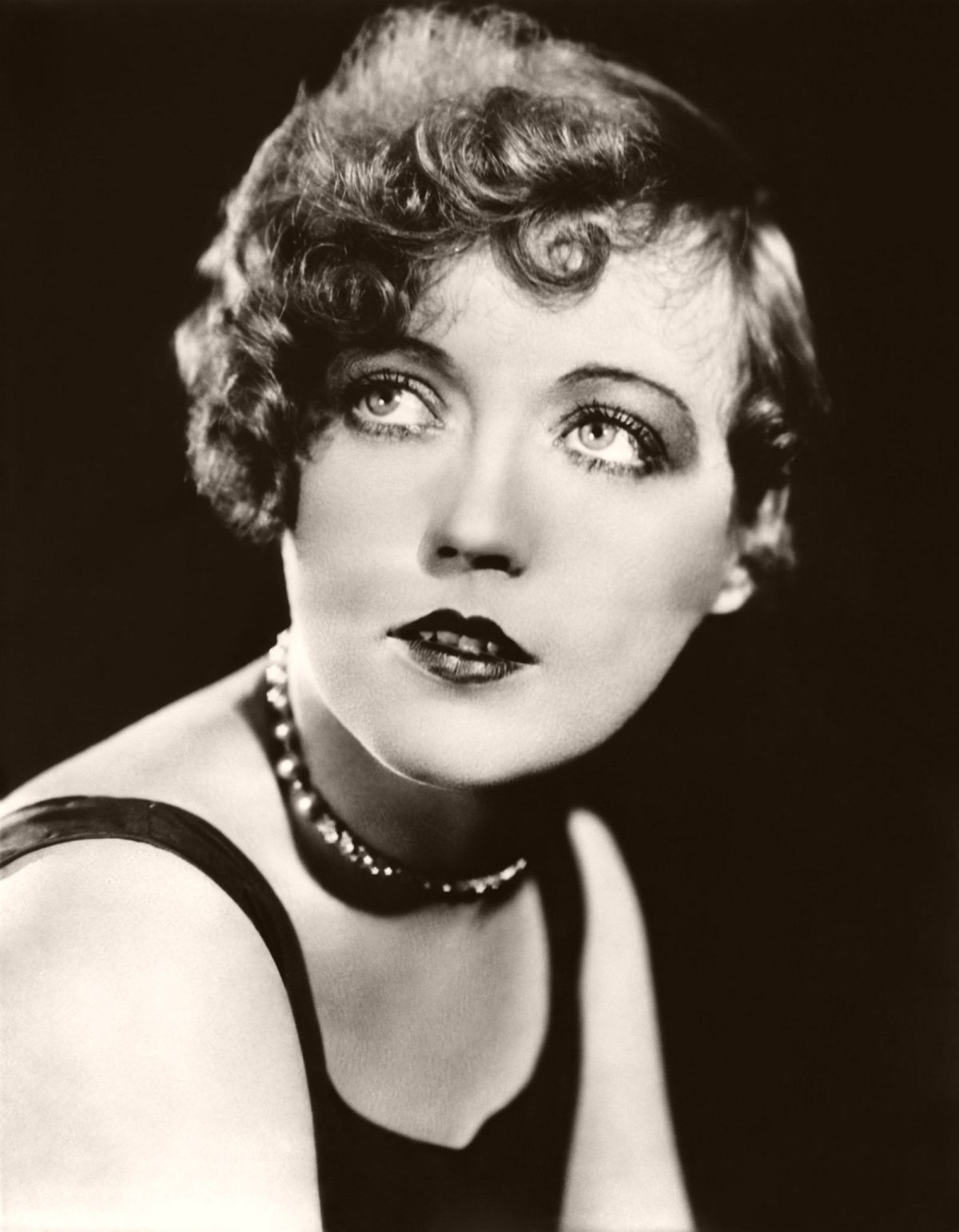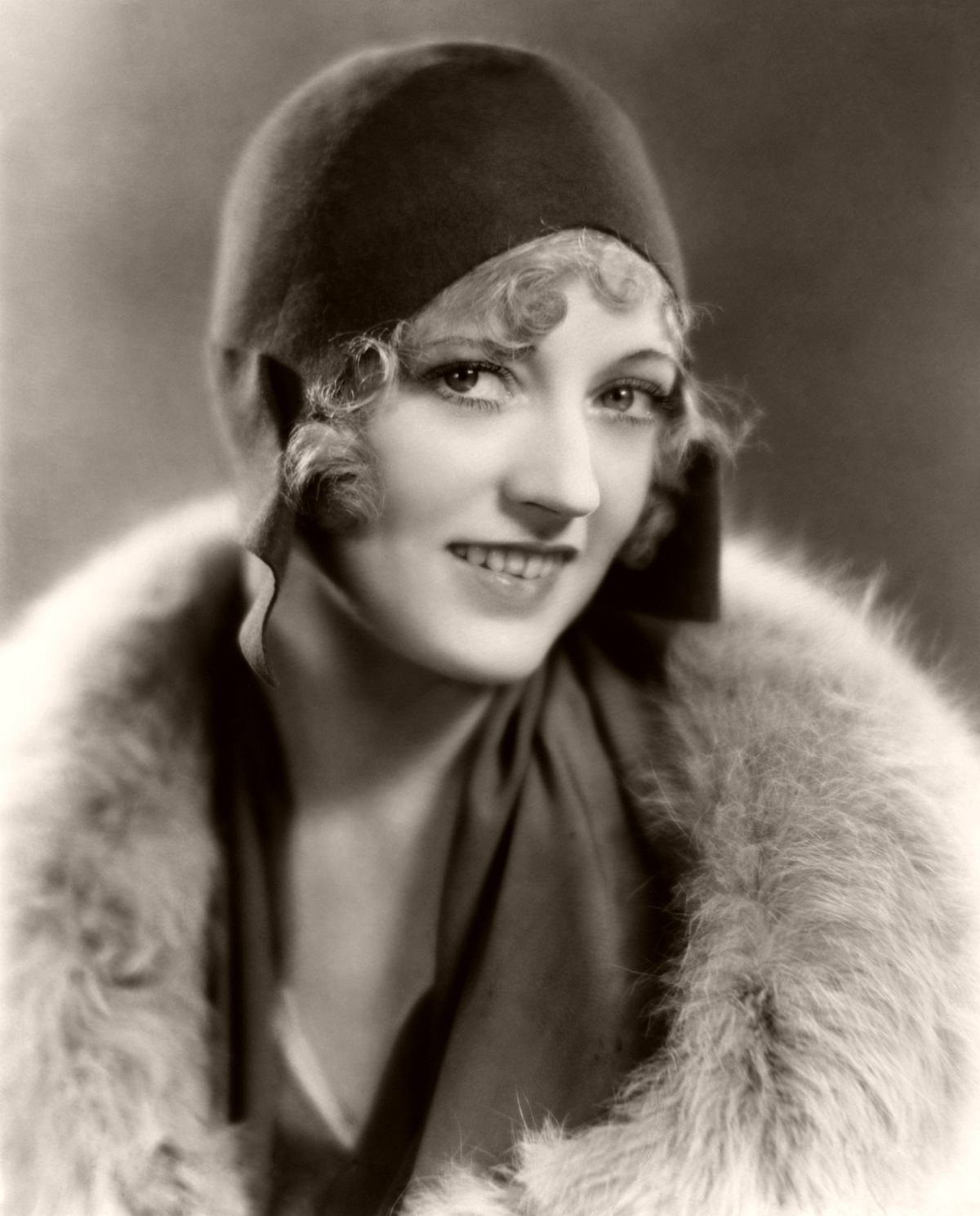Marion Davies (1897 – 1961) was an American film actress. By the mid-1920s, however, Davies’ career was often overshadowed by her relationship with William Randolph Hearst and their social life at San Simeon and Ocean House in Santa Monica. The latter was dubbed by Colleen Moore “the biggest house on the beach—the beach between San Diego and Vancouver”.
According to her own audio diaries, she met newspaper tycoon William Randolph Hearst long before she had started working in films. In 1918, Hearst formed Cosmopolitan Pictures and signed Davies to a $5-per-week contract, using his newspapers and Hearst Newsreels to promote her. Hearst’s relentless efforts to promote her career had a detrimental effect, but he persisted, making Cosmopolitan’s distribution deals first with Paramount, then Goldwyn, and with Metro-Goldwyn-Mayer. Davies herself was more inclined to develop her comic talents alongside her friends at United Artists, but Hearst pointedly discouraged this. Davies, in her published memoirs The Times We Had, concluded that Hearst’s over-the-top promotion of her career, in fact, had a negative result. One particular example, he had purchased the Cameo Theatre (located in San Francisco) in 1929. He then lavishly remodeled both the exterior and interior decor in a rosebud-hued Art Moderne motif, and renamed it The Marion Davies Theatre. From Hearst’s office windows further up Market Street, he could see pink neon letters constantly spelling out her name above the marquee. Hearst Metrotone Newsreels were included on the program, and these newsreels regularly touted Miss Davies’ social activities.
Hearst, who was still married, became romantically involved with Davies, and moved her with her mother and sisters into an elegant Manhattan townhouse at the corner of Riverside Drive and W. 105th Street. Cecilia of the Pink Roses in 1918 was her first film backed by Hearst. She was on her way to being the most infamously advertised actress in the world. During the next ten years she appeared in 29 films, an average of almost three films a year. One of her best known roles was as Mary Tudor in When Knighthood Was in Flower (1922), directed by Robert G. Vignola, with whom she collaborated on several films.
The 1922–23 period may have been her most successful, with both When Knighthood Was in Flower and Little Old New York ranking among the top 3 box-office hits of those years. Indeed, she was named the #1 female box-office star by theater owners and crowned as “Queen of the Screen” at their 1924 convention in Hollywood. Other hit silent films included Beverly of Graustark, The Cardboard Lover, Enchantment,The Bride’s Play, Lights of Old Broadway, Zander the Great, The Red Mill, Yolanda, Beauty’s Worth, and The Restless Sex.

















